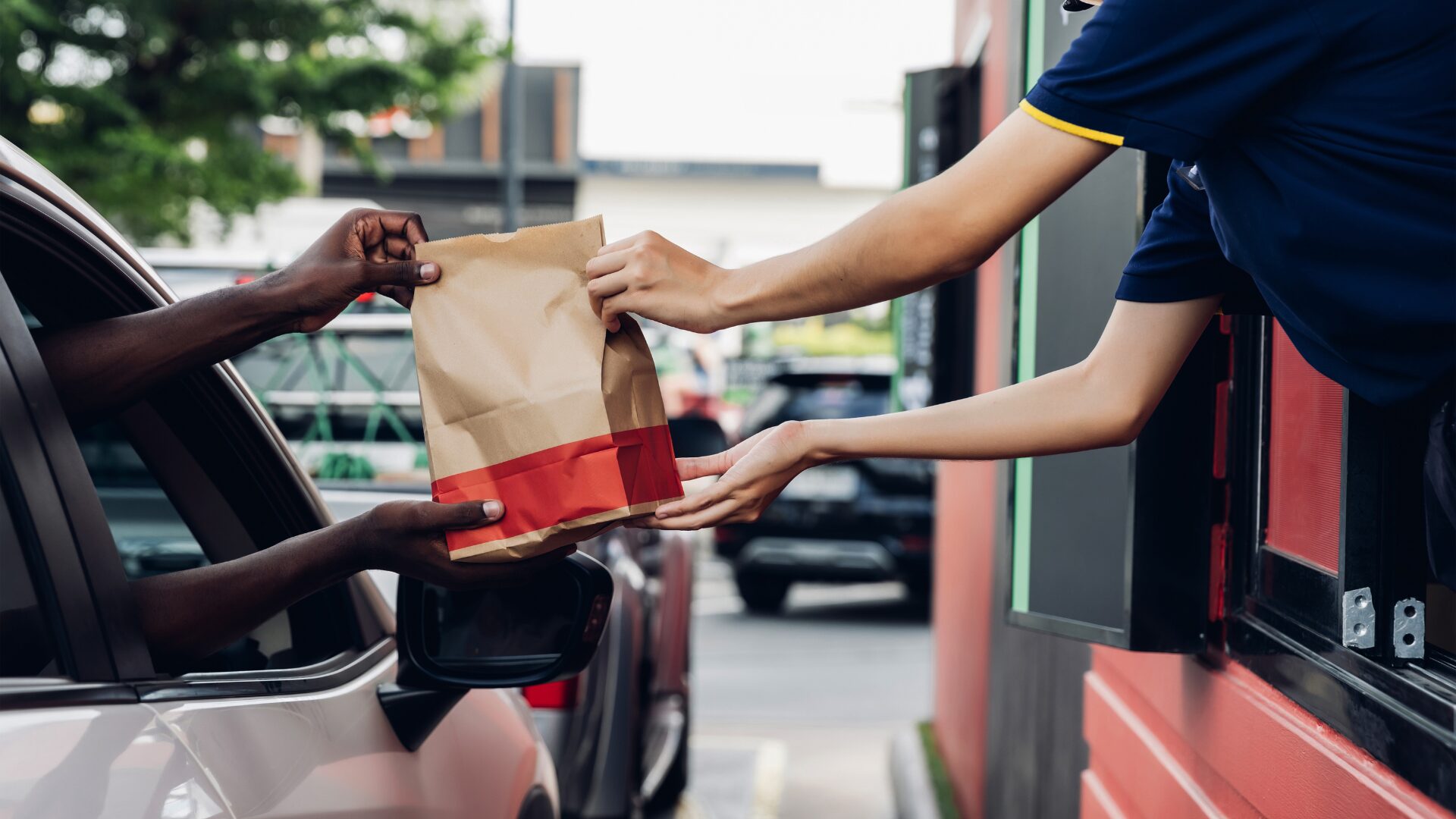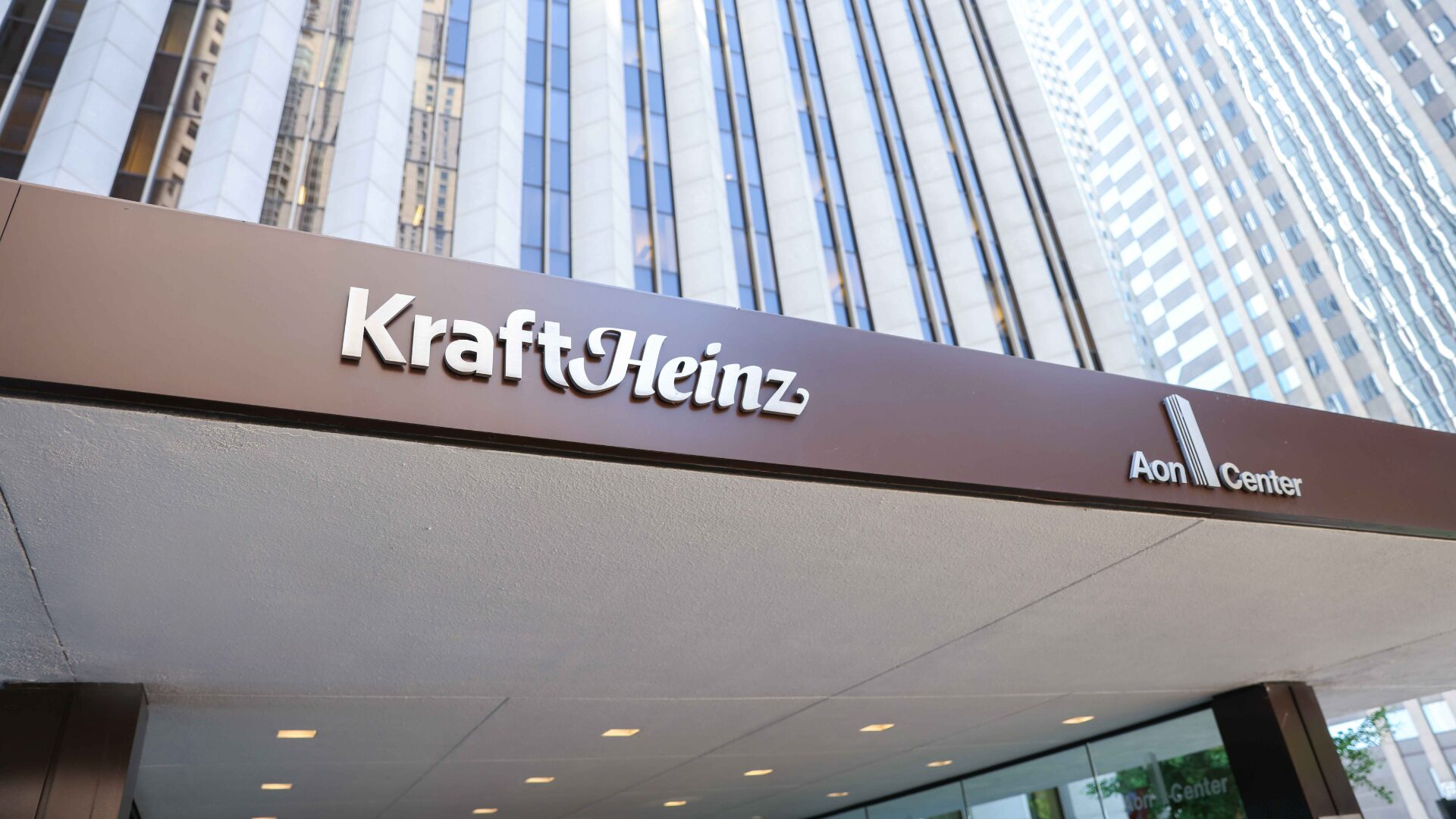Just before Christmas, the Bureau of Labor Statistics (BLS) released its monthly Consumer Price Index (CPI) report, a monthly litmus of food, energy, and housing costs that constitutes one of the best glimpses of the state of the American economy at any given time.
The report from Friday, Dec. 22 was celebrated. According to BLS, overall prices fell in November for the first time since 2020, indicating that not only is the Fed possibly on track to hit its inflation targets, but also offering a glimpse of a not-so-distant future where it doesn’t cost an arm and a leg to gas up the family car, drive to the grocery store or super retailer, and consider taking out another mortgage to pay for basic groceries and other necessities.
For many Americans, a little economic relief is finally visible. The New York Times put it another way: “Call it a Christmas miracle,” Gwynn Guilford wrote on Christmas Eve, “inflation around the globe is slowing way faster than expected.” Guilford added that if economists are right, inflation may return to normal levels for the first time in three years, offering much-needed respite to afford the basic staples of the kitchen and home.
Groceries Are Still Expensive
Nonetheless, many remain skeptical about the economy’s soft landing. A viral trend on TikTok attempts to explain this “silent depression,” in fact, highlighting why so many Americans feel bad about their own financial standing despite the general well-being of the overall economic environment.
Economic analysts from many sources were quick to dismiss this – “Any notion from TikTok that life was better in 1923 than it is now is divorced from reality,” said Columbia Business School economics professor Brett House to CNBC. Susan Houseman, research director at the W.E. Upjohn Institute for Employment Research, called an economic depression a “totally different order of magnitude” in the same article, lending further credence to the idea that TikTok is good for a lot of things; domestic economic analysis may not be one of them.
Still, the annual True Cost of a Grocery Shop survey from retail tech company Swiftly polled around 1,500 people in early December and found that nearly two in three struggle to pay for groceries due to inflation and increasing costs of food. The survey revealed that cautious spending informs almost every aspect of in-store grocery shopping, from produce to deli to frozen, and that 53% of respondents had adjusted their budgets or shopping habits due to rising interest rates; 82% use coupons and 34% use retail apps.
The study also showed that the volume of consumers who prefer in-store shopping has actually risen since 2022, up to 77%, with “a clear preference for shopping in local grocery stores over other options such as big retail chains, delivery services, and online shopping.”
“Groceries represent a significant portion of consumer expenditure, following housing and transportation costs,” said Henry Kim, CEO of Swiftly. “Our survey results show that the current economic environment has cultivated shoppers who are not only more deal-focused but also expect savings from their preferred shopping locations.”
Andy Friedland is CRO at Swiftly and a former Amazon grocery executive. Friedland offered further insight on the survey to The Food Institute, saying that, “The combination of ongoing inflation and economic uncertainties has made today’s shoppers even more savvy and selective with their purchase decisions…regardless of when costs come down, consumer behavior has been altered and shoppers will continue to look for the best savings. With 77% of respondents indicating that they prefer to shop in-store at their local grocery store, brick-and-mortar retailers must adopt retail technology to not only establish a connection with deal-hungry shoppers but to remain competitive against bigger players.”
Tight Times Demands In-Person Shopping
Meanwhile, Grocery Doppio’s end-year report of over 2 million shoppers shows that digital shopping dipped in 2023 though executives remain optimistic. Digital sales are estimated to drop 1% by the year’s end, mostly due to inflation. Omnichannel shopping continues to dominate and accounts for 51.4% of all purchases, while grocers plan to increase their digital budgets by 8% – 14%; AI budgets may rise as much as 14% – 37%.
Meanwhile, the ascendance of private label continues apace. “Even though unit volume continues to decline for the total retail industry (down 3%), private brands continue to grow their share and are outperforming national brands with nearly double the dollar growth and a lesser unit decline pace,” said Chelsey Capps, director of thought leadership at Daymon, to The Food Institute.
“The infrastructure of private brands allows retailers to drive exclusivity, loyalty, and competitive innovation, differentiating their assortments and giving shoppers meaningful reasons to keep coming back,” she added. “As retailers have dramatically evolved into building true consumer brands, and across tiers ranging from value to ultra-premium, the foundational element of private brands to provide the best overall value remains.”
How and where shoppers decide to find their best value differs from region to region, shopper to shopper. For one shopper, however, it’s his local grocery store that offers comfort, value, and reliable kitchen staples and domestic defense provisions. And though the holidays are behind us, Kevin McCallister and the cast of Home Alone remain a comforting presence in many Americans’ basements during the season. This year, Schnucks grocery store calculated how much Kevin’s mid-movie grocery haul would cost at 2023 prices:
- Half a gallon of milk: $1.71
- Half a gallon of OJ: $3.99
- Butternut large white bread: $2.79 (Wonderbread not available)
- TV dinner: $4.49 (Stouffer’s classic meatloaf frozen meal)
- Frozen mac and cheese: $1.49
- Tide liquid detergent: $12.99
- Saran wrap: $3.39
- Snuggle dryer sheets: $2.94
- Toilet paper: $7.99
- Toy soldiers (not available so Amazon price listed): $9.99
All told, Kevin would have spent about $54.94 (with Illinois sales tax) in 2023 ($53.94 with his dollar-off coupon). In the movie he comes in under $20, making for about a 250% increase since 1990.
For many consumers, the past never looked so good. For many more, however, there is hope that 2024 will be a bellwether year for finally looking forward to going to the grocery or retail store again (even without that $1 coupon).












